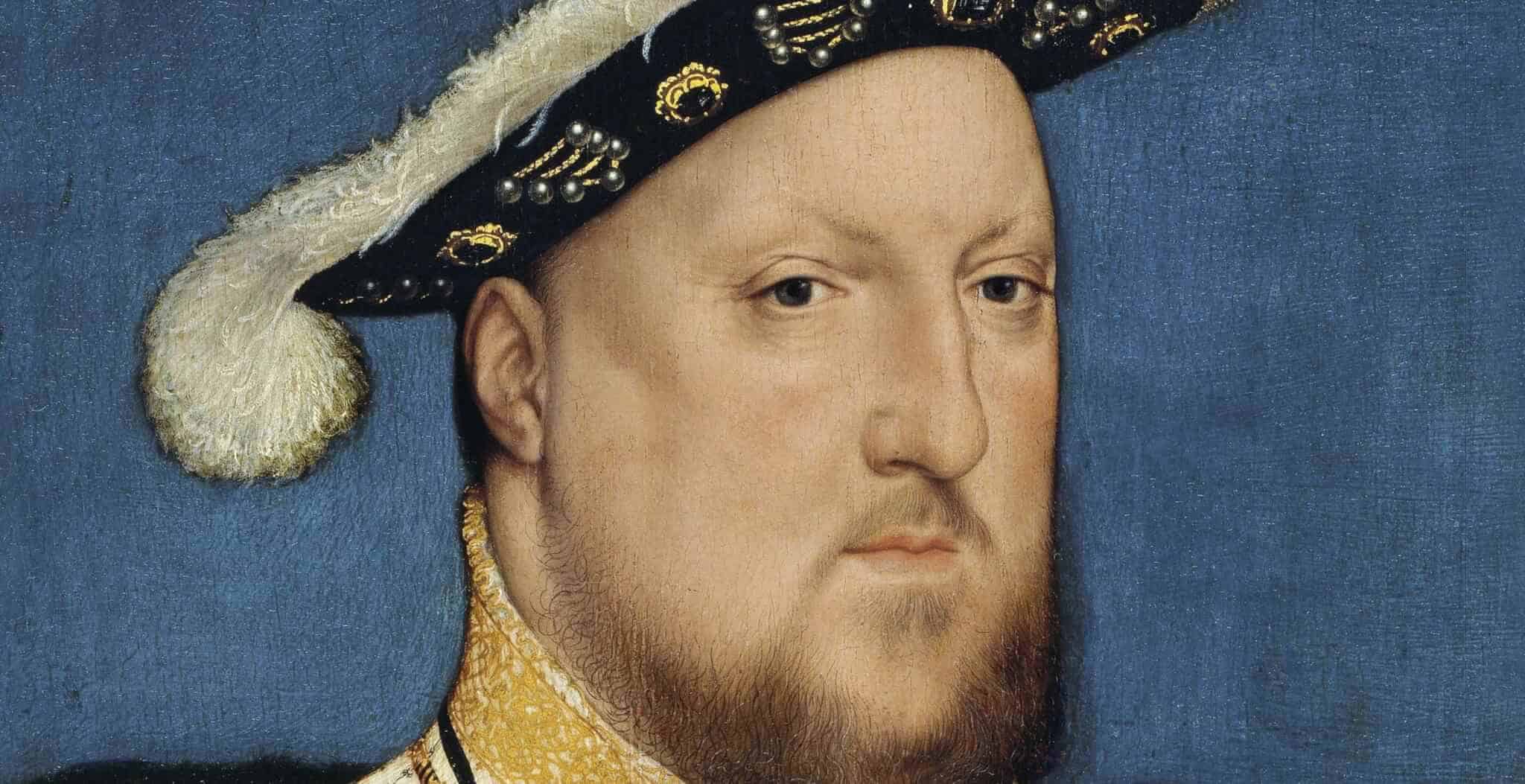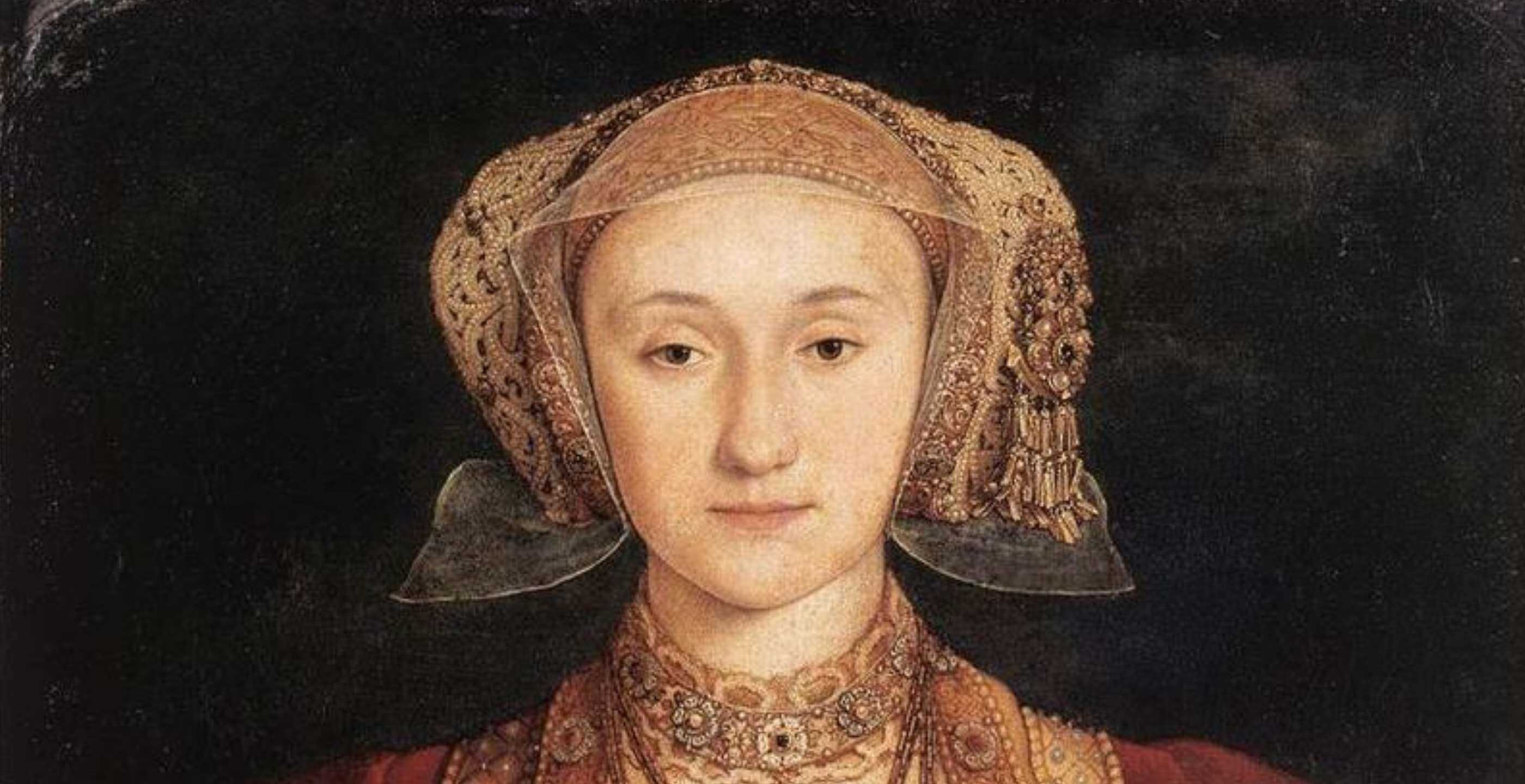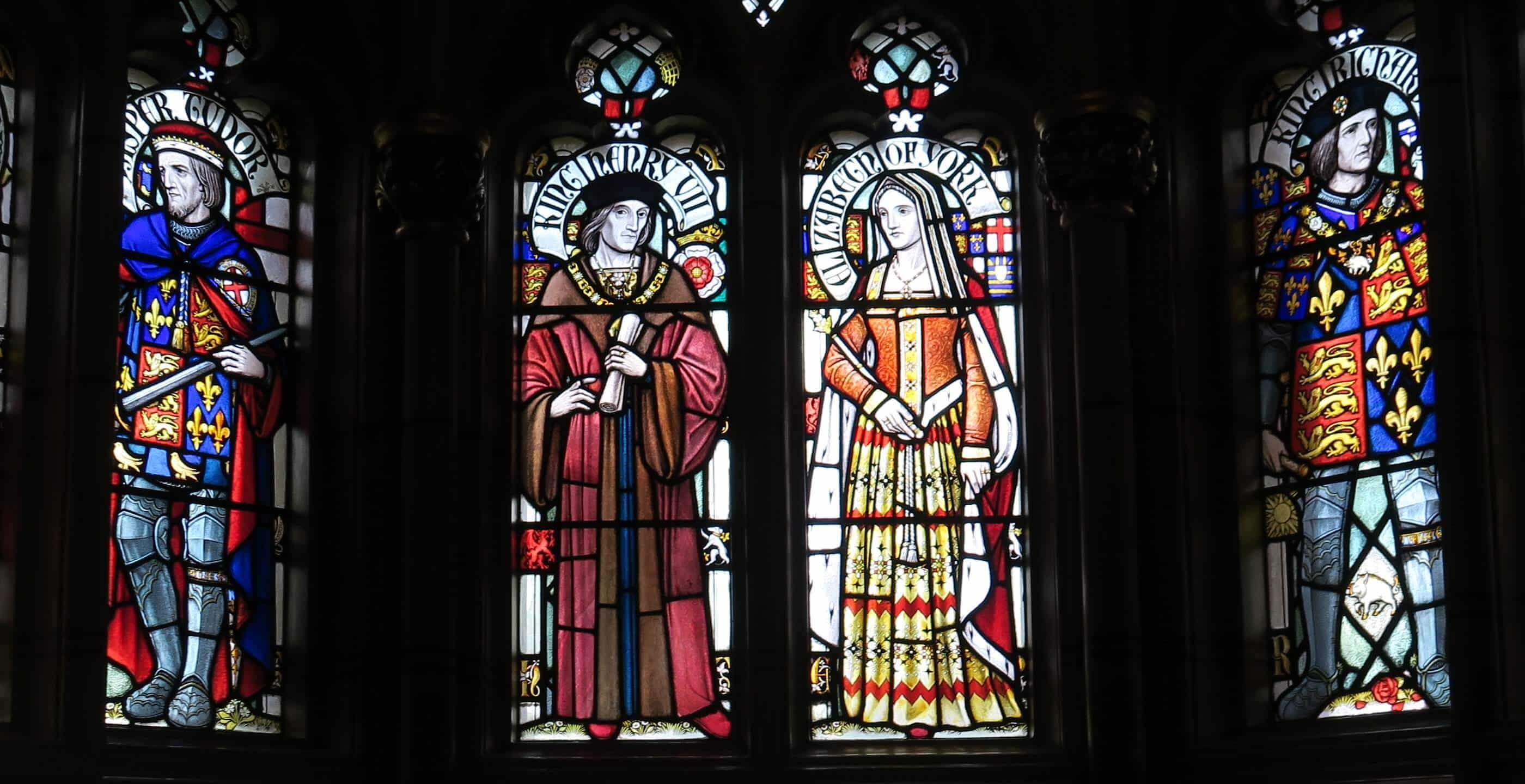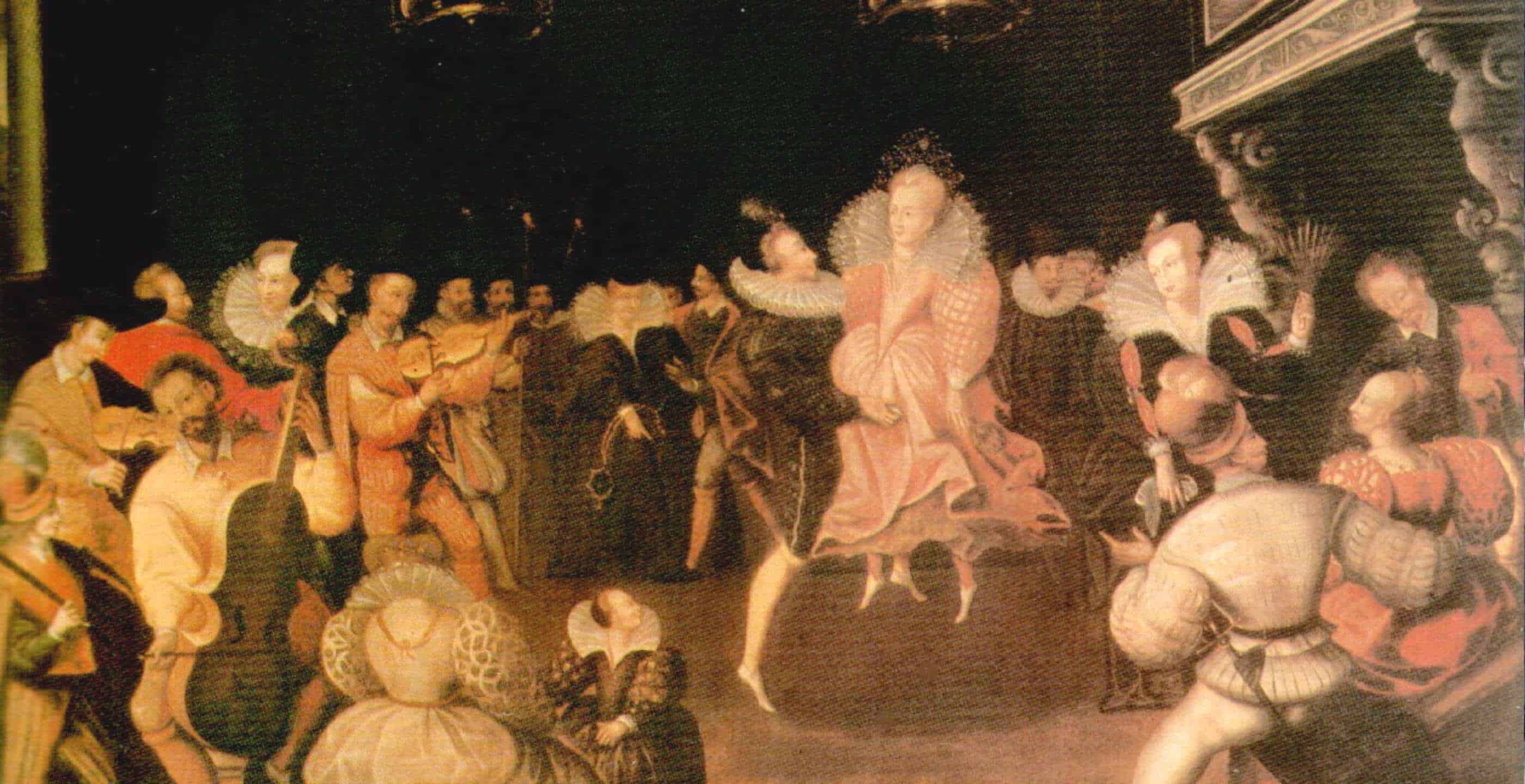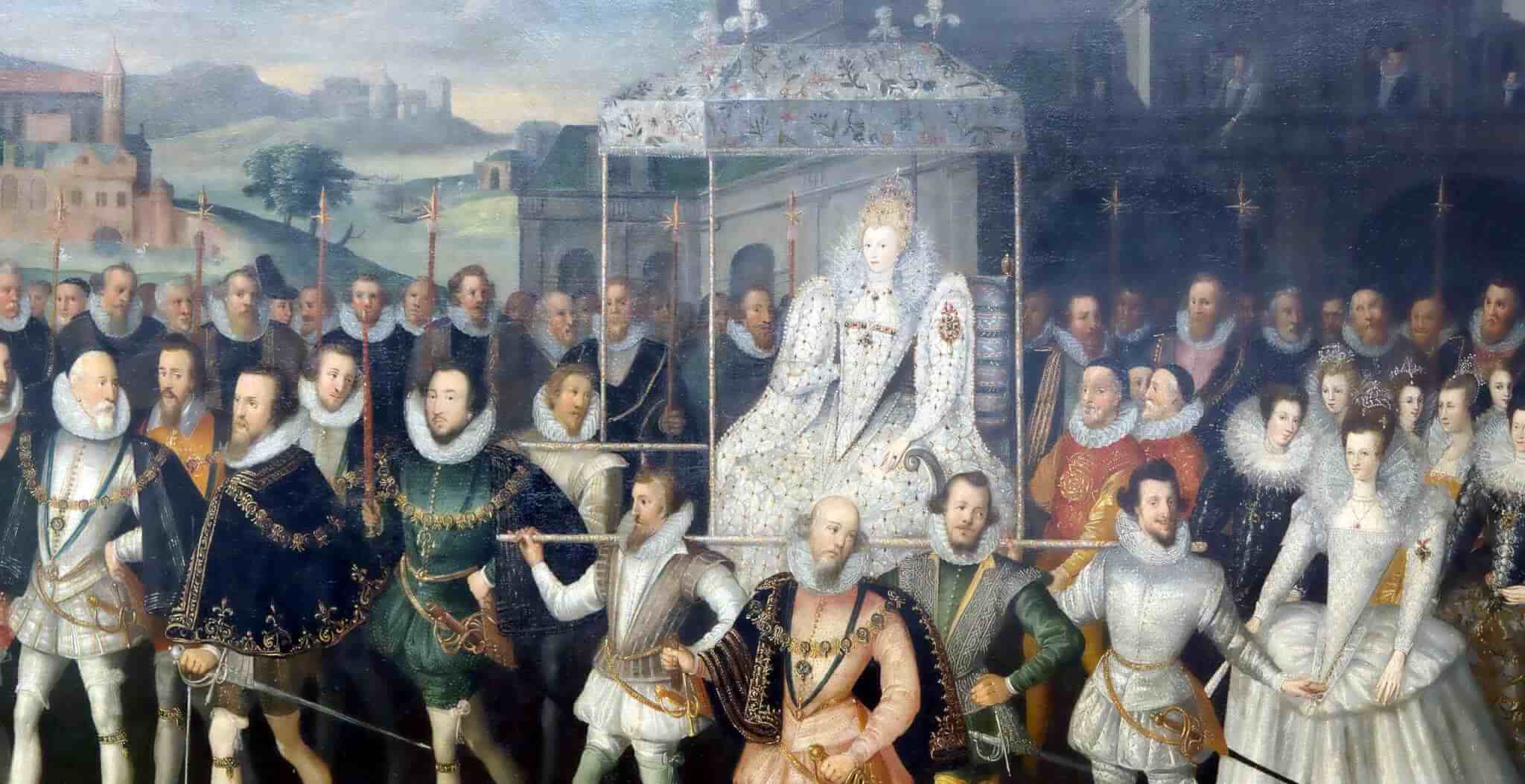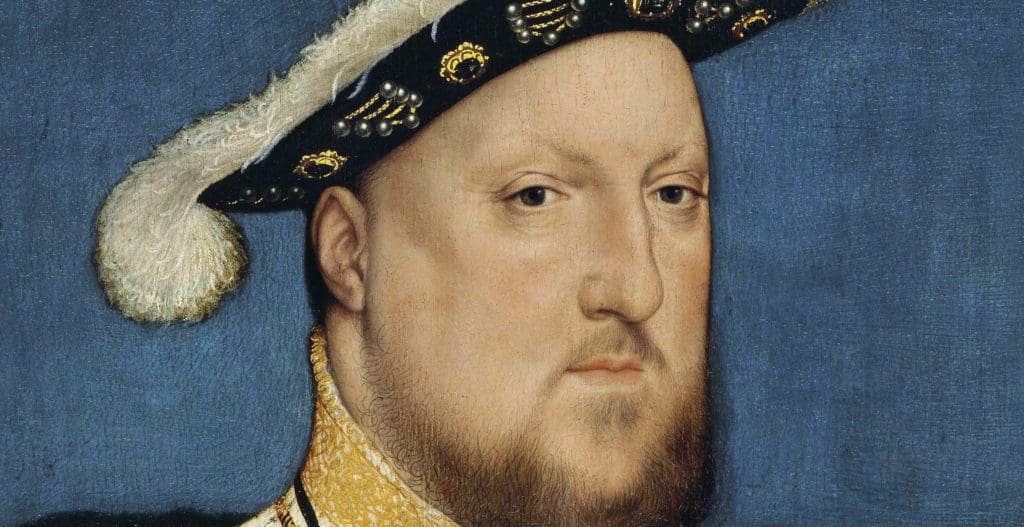Healthy, attractive and with great sporting aptitude? These adjectives are not usually associated with King Henry VIII. Of course, he is well known for his six marriages, beheading two wives, his obsession with a male heir and the break away from Rome. On a more personal side, he is also known for his growing waist line, extravagant feasts and poor health; however, this does not give a full picture of the man who ruled over England for 38 years.
A jousting accident could be said to have been the catalyst for Henry to change into a tyrannical monarch with an unpredictable bad temper.
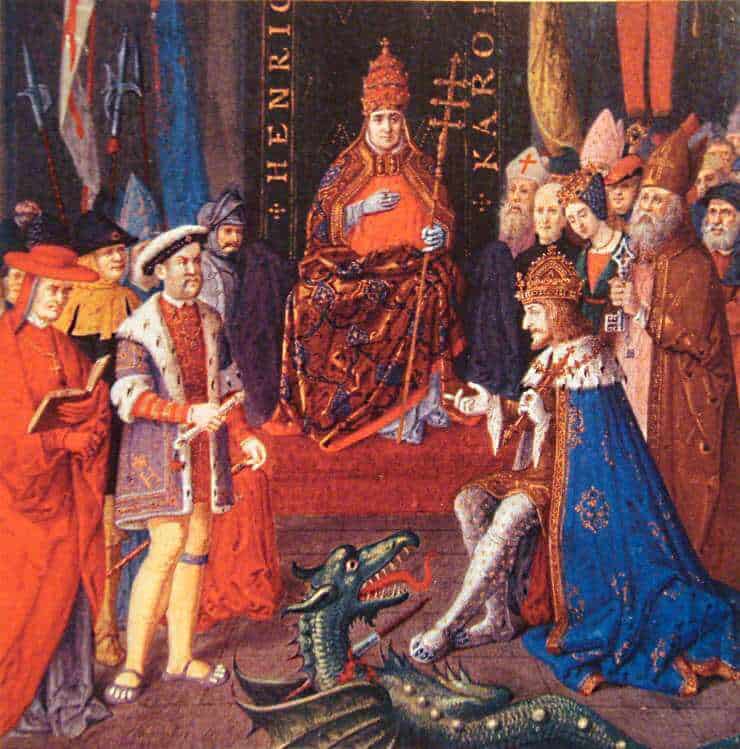
In 1509, at the young age of eighteen, Henry VIII ascended to the throne. Henry’s reign is well researched due in no small part to the political and religious turmoil of the period. At the beginning of his reign, Henry was a truly remarkable character; oozing charisma, good-looking and both academically and athletically talented. Indeed, many scholars of the period considered Henry VIII to be extremely handsome: he was even referred to as an ‘Adonis’. At six-feet and two-inches tall with a slim athletic build, fair complexion and prowess on the jousting and tennis courts, Henry spent the majority of his life and reign, slim and athletic. Throughout his youth and reign up to 1536, Henry lived a healthy lifestyle. During Henry’s twenties, he weighed approximately fifteen stone, with a thirty-two inch wait and a thirst for jousting.
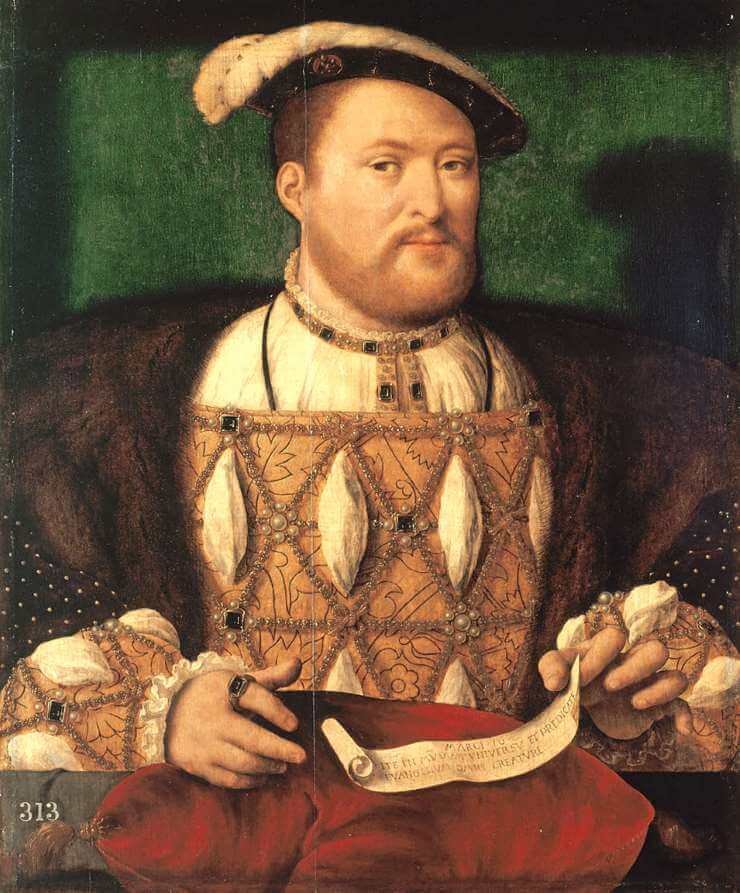
However as he aged, his athletic figure and attractive features began to disappear. His girth, waist-line and reputation as the impossible, irritable and ruthless King only grew after the King suffered a serious jousting accident in 1536. This accident impacted Henry massively, and left him with both physical and mental scars.
The accident occurred on 24th January 1536 at Greenwich, during his marriage to Anne Boleyn. Henry suffered severe concussion and burst a varicose ulcer on his left leg, a legacy from an earlier traumatic jousting injury in 1527 which had healed quickly under the care of the surgeon Thomas Vicary. This time Henry was not so lucky and ulcers now appeared on both legs, causing incredible pain. These ulcers never truly healed and Henry had constant, severe infections as a result. In February 1541, the French Ambassador recalled the plight of the King.
“The King’s Life was really thought [to be] in danger, not from fever, but from the leg which often troubles him.”
The ambassador then highlighted how the king compensated for this pain by eating and drinking excessively, which altered his mood greatly. Henry’s growing obesity and constant infections continued to concern Parliament.
The jousting accident, which had prevented him from enjoying his favourite pastime, had also prohibited Henry from exercising. Henry’s final suit of armour in 1544, three years before his death, suggests he weighed at least three hundred pounds, his waist having expanded from a very slim thirty-two inches to fifty-two inches. By 1546, Henry had become so large that he required wooden chairs to carry him around and hoists to lift him. He needed to be lifted onto his horse and his leg continued to deteriorate. It is this image, of a morbidly obese king, that most people recall when asked about Henry VIII.
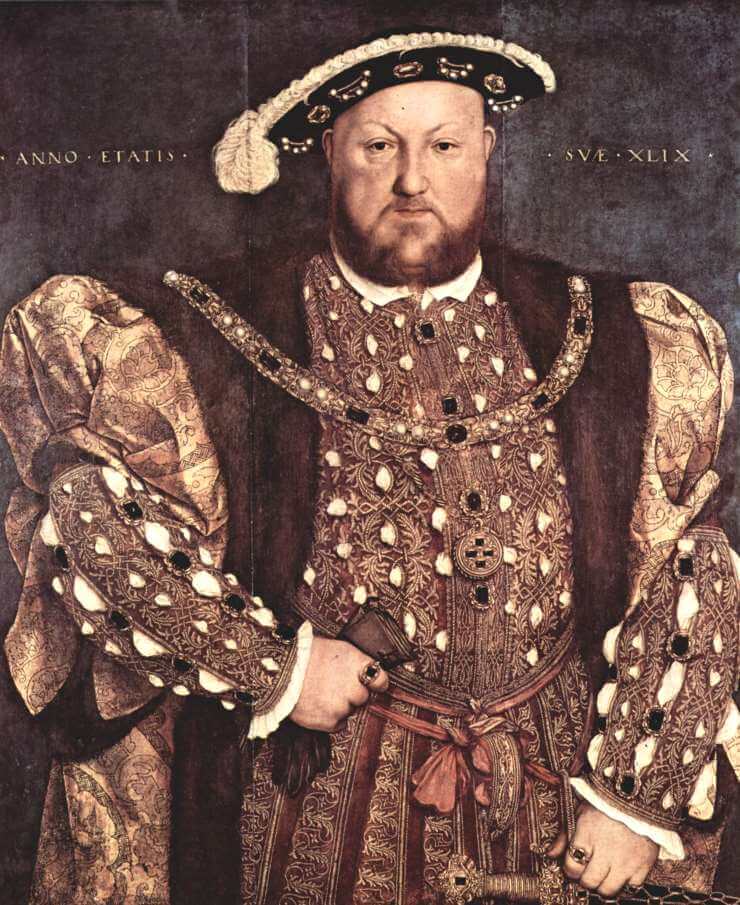
The endless pain was undoubtedly a factor in Henry’s metamorphosis into a bad tempered, unpredictable and irascible monarch. Persistent chronic pain can severely impact quality of life – even today- and with the absence of modern medicine, Henry must have been faced with excruciating pain daily, which must have had an impact on his temperament. Henry’s latter years were a far-cry from the valiant, charismatic prince of 1509.
Henry’s last days were filled with extreme pain; his leg injuries needed to be cauterised by his doctors and he had chronic stomach ache. He died on 28th January 1547 aged 55, as a result of renal and liver failure.
By Laura John. I am currently a History Teacher, planning to complete a PhD. I have an MA and BA Hons in History from Cardiff University. I am passionate about historical study and sharing my love of history with everyone, and making it accessible and engaging.
Published: 20th August 2018
